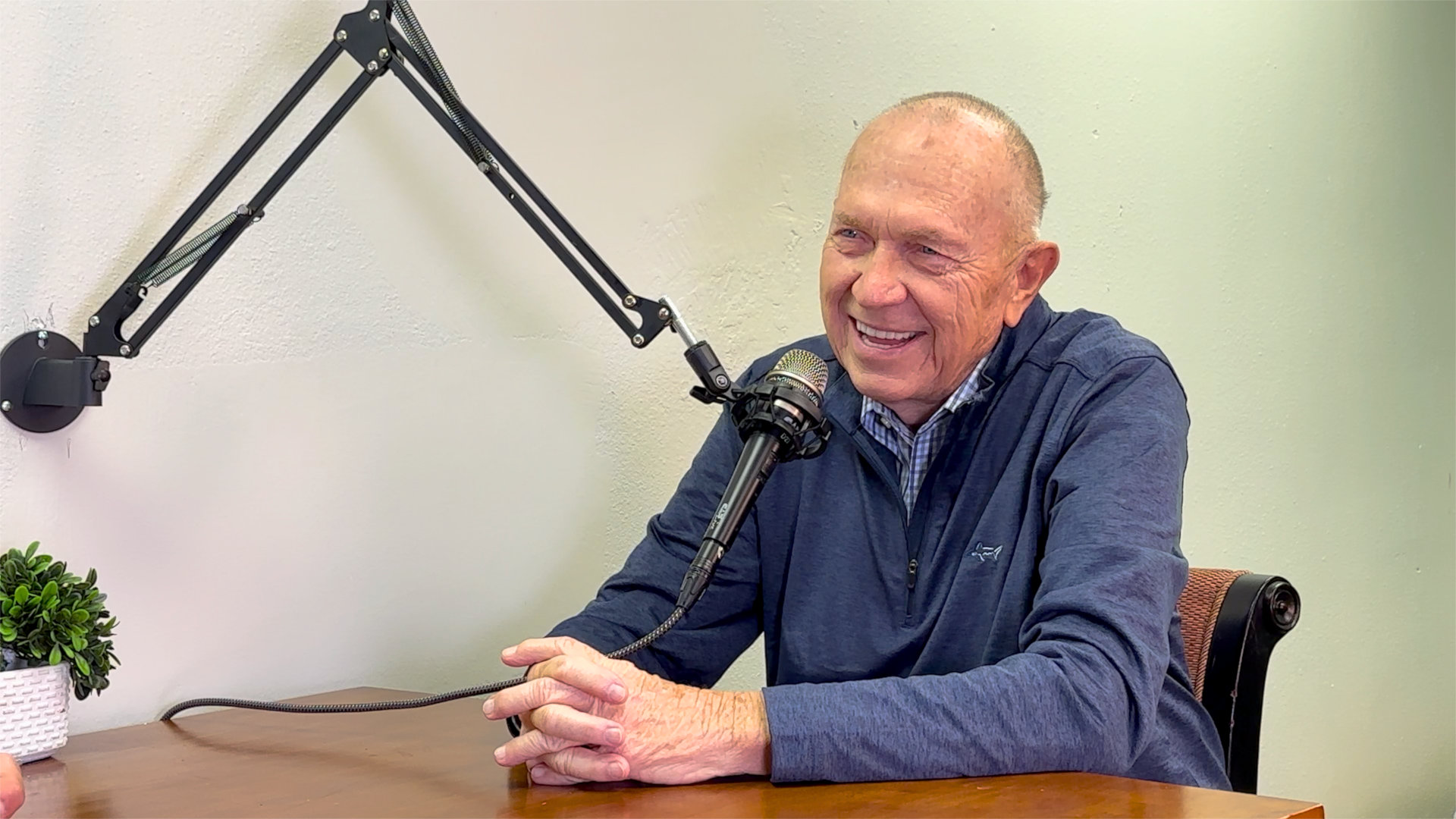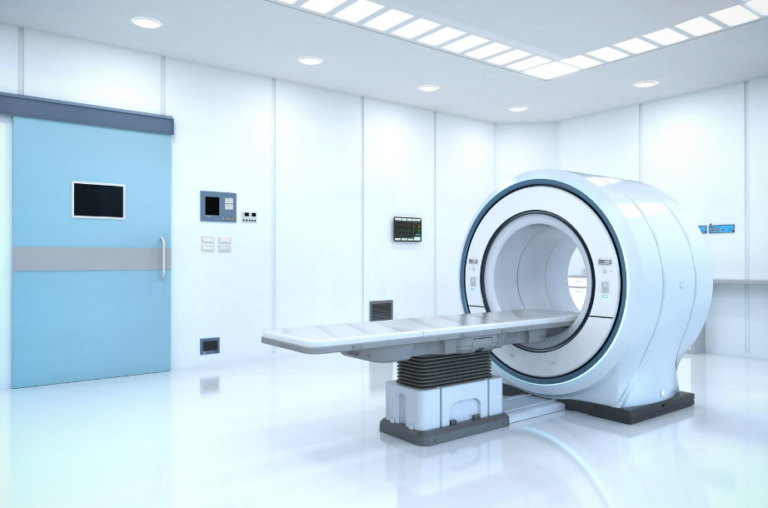
Bill Power’s Prostate Cancer Journey: From Diagnosis to Theranostics
Introduction
Bill Power's journey through prostate cancer is not just a story of survival but a beacon of innovation in cancer treatment. Diagnosed with an advanced stage of the disease, Bill faced a series of daunting treatment options that many before him had endured. However, his refusal to settle for traditional methods led him to discover "theranostics," a pioneering approach combining diagnostics and therapy into a single process.
This blog and accompanying video traces Bill’s path from the shock of diagnosis to his proactive quest for better treatment options abroad, shedding light on the personal and systemic challenges encountered along the way.
Early Diagnosis and Initial Challenges
Bill Power's ordeal began with a troubling diagnosis of advanced prostate cancer, marking the start of a challenging period filled with uncertainty and fear. A severe case of sepsis further complicated his situation following a biopsy, which not only threatened his health further but also exposed him to the harsh realities of invasive cancer diagnostics and treatments.
Several Daunting Treatment Options
Bill was confronted with several daunting treatment options. The proposed solutions, such as castration to reduce testosterone levels that could potentially fuel the cancer’s growth and an intense regimen of 88 consecutive days of radiation, appeared to him both radical and disheartening. These traditional methods, while standard, seemed to Bill excessively harsh and invasive, pushing him to consider alternative paths that might offer a semblance of hope without the severe physical and emotional toll.
Discovery of Theranostics
The turning point for Bill came when he serendipitously discovered a newspaper article featuring Dr. Frankis Almaguel, who was pioneering a new approach known as theranostics.This innovative treatment method combines diagnostics and therapy to target cancer cells with high precision, offering hope where traditional treatments fall short. Intrigued by the potential of theranostics and driven by his quest for better options, Bill reached out to Alan Held, the patient profiled in the article, seeking first-hand insights into the treatment's effectiveness.

Bill and Alan's Conversation
Their conversation proved transformative. Alan shared his positive experiences with theranostics, detailing how the treatment not only effectively targeted cancer but also spared him from the debilitating side effects typically associated with conventional therapies. Empowered by this information, Bill's resolve to pursue theranostics grew stronger. He understood that while this path was less traveled, it was illuminated by the promising results of those who had come before him.
Journey to Germany for Treatment
Determined to undergo theranostics, Bill traveled to Germany, accompanied by his doctor, to receive treatment at a specialized clinic renowned for its pioneering work in this field. His journey to Germany not only involved logistical planning but also significant emotional and psychological decisions. Traveling to Germany represented a leap of faith, driven by the hope for a more effective treatment and a better quality of life.
Upon arrival, Bill was introduced to a different medical paradigm. The clinic in Germany utilized advanced technology that allowed for precise targeting of cancer cells with minimal side effects. The treatment involved the administration of molecular-targeted therapies that directly attacked the cancerous cells while sparing healthy tissue. This approach starkly contrasted with the broad-spectrum methods used in traditional treatments such as chemotherapy and radiation.
During his stay, Bill underwent several rounds of treatment, each tailored to his specific medical needs. The doctors and medical staff provided him with comprehensive care, focusing on his comfort and well-being, which was a stark departure from the impersonal and often fragmented care he experienced at home. This personalized approach not only enhanced the effectiveness of the treatment but also deeply reassured Bill, affirming his decision to seek care abroad.
Outcomes and Reflections
The outcomes of Bill's theranostic treatment were nothing short of transformative. Upon completing the initial rounds of therapy in Germany, he experienced significant reductions in cancer markers and an overall improvement in his health, which were clear indicators of the treatment's effectiveness. This promising development not only offered him a new lease on life but also solidified his belief in the potential of innovative medical solutions.
Reflecting on his experiences, Bill noted the stark contrast between his quality of life before and after the treatment. Prior to theranostics, the options available to him seemed to promise a future dominated by illness and invasive medical procedures. However, post-treatment, Bill found himself in a markedly improved physical and mental state, with renewed optimism about his future. This dramatic turnaround was pivotal, not only for Bill personally but also in demonstrating the potential of advanced medical technologies to improve patient outcomes radically.
Bill’s follow-up visits to Germany for additional theranostic treatments served to stabilize his condition further and ensure the longevity of his recovery. Each visit was an affirmation of the progress he had made, reinforcing the benefits of his proactive approach to cancer treatment. The ongoing relationship with his healthcare providers in Germany also exemplified the importance of continuity in patient care, particularly in the context of innovative treatments that require precise adjustments and monitoring.
Through his journey, Bill became an advocate for theranostics, sharing his story with other patients and healthcare professionals and urging a reevaluation of standard treatment protocols.
Broader Implications for Cancer Treatment
Bill’s story extends far beyond his battle with prostate cancer, touching on broader implications for the treatment of the disease both in the U.S. and around the world. He frequently discusses the cultural and regulatory landscapes that currently shape cancer treatment options, advocating for a more open and progressive approach to adopting theranostics and other innovative treatments in the U.S.
Bill notes a significant lag in adopting new technologies within the U.S. medical system compared to Europe. He advocates for a paradigm shift in how cancer is treated in the U.S., suggesting that regulatory bodies like the FDA could accelerate the approval process for innovative treatments that have proven effective in other countries. This call for change is rooted in his firsthand experience of the benefits of advanced theranostic treatments, which combine precise targeting of cancer cells with minimized side effects, offering patients a better quality of life during and after treatment.
Furthermore, Bill explores the potential for theranostics to treat other types of cancer based on discussions with Dr. Almaguel about ongoing research into applications for brain and breast cancers. This broad potential signals a revolutionary change in cancer treatment, promising more personalized and effective approaches that could replace the 'one-size-fits-all' methods currently prevalent.
Bill’s reflections bring into focus the need for systemic change within the healthcare industry to embrace and integrate new technologies that can provide more effective treatments.
Conclusion
Bill Power’s narrative is a testament to the relentless pursuit of hope and the transformative potential of embracing medical innovation in cancer treatment. His journey from a grim diagnosis to finding renewed hope through theranostics illustrates the crucial role of patient empowerment and informed decision-making in healthcare.
As we continue to advance in medical science, stories like Bill’s are vital in pushing the boundaries of traditional treatment and inspiring a future where precision medicine becomes the norm in cancer care. This article calls for an increased openness to new treatments and continued advancement in the therapeutic landscape, ensuring that future patients receive the best care possible.
